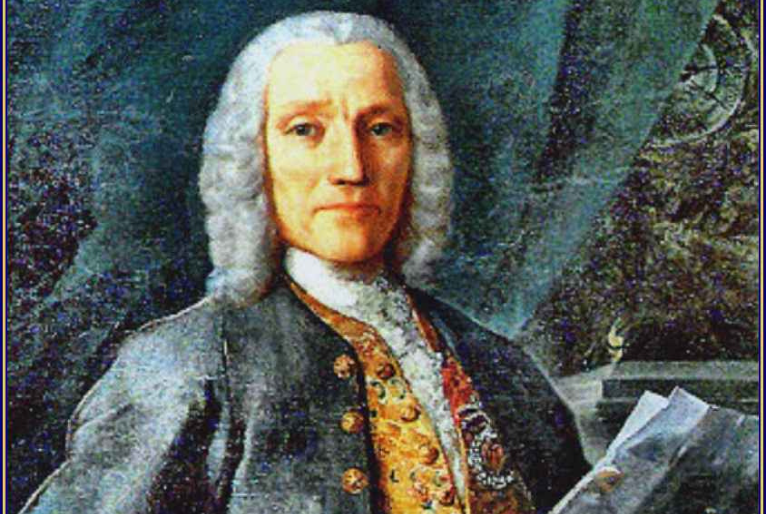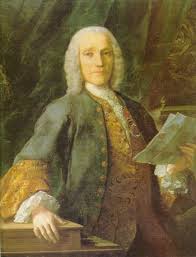Domenico Scarlatti, an Italian composer of the Baroque era, left an indelible mark on the world of music with his vibrant and ingenious compositions. Renowned for his keyboard sonatas, Scarlatti’s works exhibit exceptional virtuosity, harmonic complexity, and a fusion of various musical styles. This blog post delves into the complete biography of Domenico Scarlatti, shedding light on his life, achievements, and lasting musical legacy.
Early Life and Education:
Domenico Scarlatti was born on October 26, 1685, in Naples, Italy, into a family of musicians. His father, Alessandro Scarlatti, was a prominent composer of opera and vocal music. Under his father’s tutelage, Domenico received a comprehensive musical education from an early age. He honed his skills in composition, keyboard performance, and became well-versed in the musical traditions of his time.
Career in Italy:
During his early career, Scarlatti served as the chapel master for the exiled Polish queen Marie Casimire. He composed numerous vocal and chamber works, but it was his affinity for the keyboard that would ultimately define his legacy. In 1719, Scarlatti moved to Rome, where he served as a composer and music teacher in aristocratic circles. His compositions began to gain recognition, and his reputation as a skilled harpsichordist grew.
The Influence of Spain:
In 1729, Scarlatti accepted a position in the Spanish court of King João V as a music master to the princess Maria Barbara. This move proved to be transformative for his music. Scarlatti’s exposure to the Spanish musical traditions, such as flamenco, fandango, and the guitar, greatly influenced his style. He fused the Italian and Spanish musical idioms, creating a unique and captivating musical language.
Keyboard Sonatas:
Domenico Scarlatti is best remembered for his keyboard sonatas, of which he composed over 550. These short compositions showcase his mastery of the keyboard and his innovative approach to form and technique. Scarlatti’s sonatas are characterized by rapid passages, intricate ornamentation, and striking contrasts. Each piece is a miniature masterpiece, capturing a wide range of emotions and musical ideas.
Legacy and Influence:
While Scarlatti’s music was not widely known or published during his lifetime, his influence on future generations of composers cannot be overstated. His keyboard sonatas, rediscovered and championed by pianists and musicians in the 20th century, became an integral part of the piano repertoire. The influence of Scarlatti’s keyboard writing can be seen in the works of later composers, such as Mozart, Beethoven, and Chopin.
Scarlatti’s Impact on Music:
Domenico Scarlatti’s compositions revolutionized keyboard music, pushing the boundaries of technique and expression. His inventive use of harmony, rhythm, and virtuosity anticipated the musical innovations of the Classical period. Scarlatti’s music continues to captivate audiences and performers alike, testifying to the timeless quality and enduring genius of his compositions.
Conclusion:
Domenico Scarlatti’s life and music epitomize the spirit of the Baroque era. From his early years in Italy to his transformative experience in Spain, Scarlatti’s journey shaped his unique musical style. His keyboard sonatas remain a testament to his brilliance as a composer and performer. Scarlatti’s legacy endures through the continued admiration and exploration of his music, solidifying his place as one of the greatest composers of his time and a true musical maestro.


Comments are closed